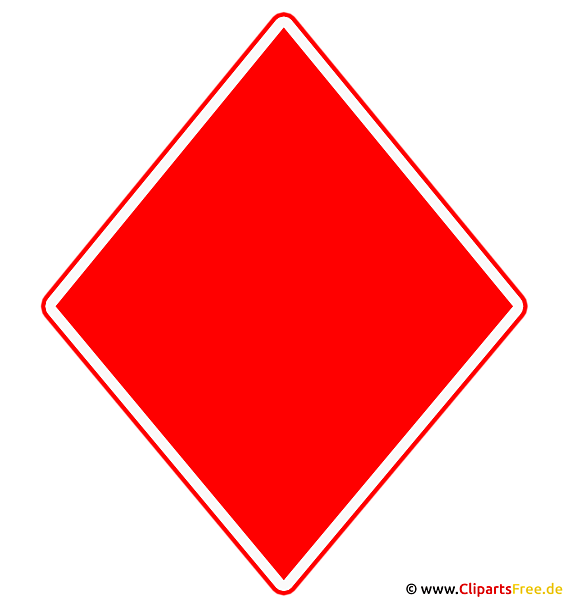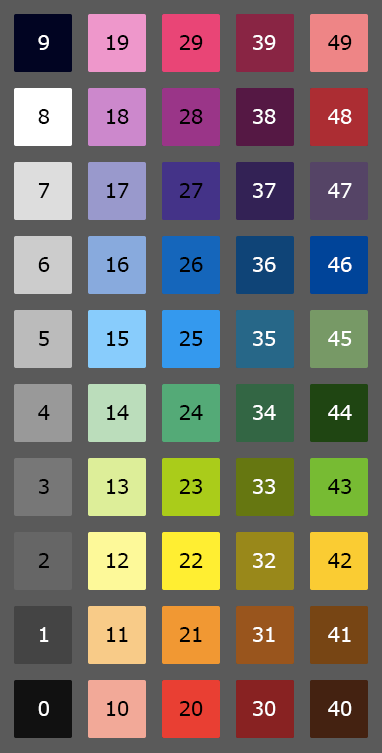

The more the customer thinks about these amazing new ideas, the more they want it. In a diverse product assortment, the excitement attributes act as the WOW factors and trigger impulsive wants and needs in the mind of the customer. The key behind the Kano model is for the engineer to discover this 'unknown need' and enlighten the consumer, to sort of engage that 'awe effect.' Having concurrent excitement attributes within a product can provide a significant competitive advantage over a rival. The beauty behind an excitement attribute is to spur a potential consumer's imagination, these attributes are used to help the customer discover needs that they've never thought about before.

Having excitement attributes can only help you, but in some scenarios it is okay to not have them included. Excitement attributes are for the most part unforeseen by the client but may yield paramount satisfaction. Not only does the Kano model feature performance attributes, but additionally incorporates an 'excitement' attribute, as well.
#Karo graph drivers
Satisfaction drivers terminology Author(s) In a hotel, producing elaborate photographs of the facilities that set high expectations which are then not satisfied upon visiting can dissatisfy the customers. Examples: In a callcenter, using a lot of jargon, using excessive pleasantries, or using excessive scripts while talking to customers might be off-putting for them. For example, some customers prefer high-tech products, while others prefer the basic model of a product and will be dissatisfied if a product has too many extra features. Reverse Quality These attributes refer to a high degree of achievement resulting in dissatisfaction and to the fact that not all customers are alike. Examples: In a callcenter, highly polite speaking and very prompt responses might not be necessary to satisfy customers and might not be appreciated by them. It is interesting to identify these attributes in the product in order to suppress them and therefore diminish production costs. This might be key to the design and manufacturing of the carton, but consumers are not even aware of the distinction. For example, thickness of the wax coating on a milk carton. Indifferent Quality These attributes refer to aspects that are neither good nor bad, and they do not result in either customer satisfaction or customer dissatisfaction.
#Karo graph free
In a hotel, providing free food is an attractive feature. Examples: In a callcenter, providing special offers and compensations to customers or the proactive escalation and instant resolution of their issue is an attractive feature. Since these types of attributes of quality unexpectedly delight customers, they are often unspoken. These are attributes that are not normally expected, for example, a thermometer on a package of milk showing the temperature of the milk. Attractive Quality These attributes provide satisfaction when achieved fully, but do not cause dissatisfaction when not fulfilled.

Examples: Time taken to resolve a customer's issue in a call center. An example of this would be a milk package that is said to have ten percent more milk for the same price will result in customer satisfaction, but if it only contains six percent then the customer will feel misled and it will lead to dissatisfaction. These are attributes that are spoken and the ones in which companies compete. One-dimensional Quality These attributes result in satisfaction when fulfilled and dissatisfaction when not fulfilled. In a call center, greeting customers is a basic necessity. Examples: In a hotel, providing a clean room is a basic necessity. Kano originally called these “Must-be’s” because they are the requirements that must be included and are the price of entry into a market. When done well, customers are just neutral, but when done poorly, customers are very dissatisfied. Must-be Quality Simply stated, these are the requirements that the customers expect and are taken for granted. These categories have been translated into English using various names (delighters/exciters, satisfiers, dissatisfiers, etc.), but all refer to the original articles written by Kano.


 0 kommentar(er)
0 kommentar(er)
